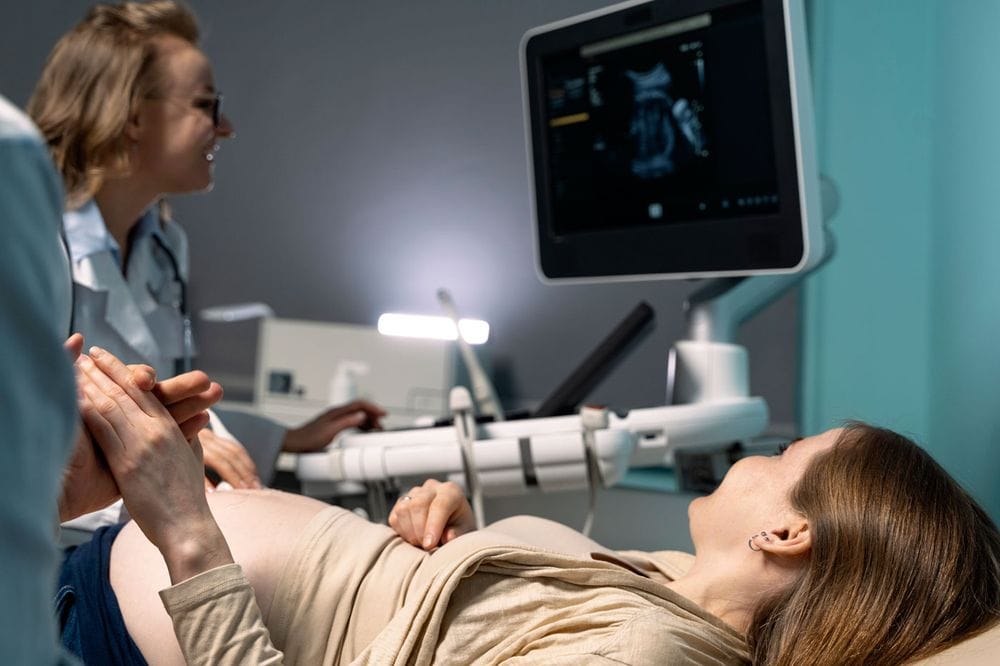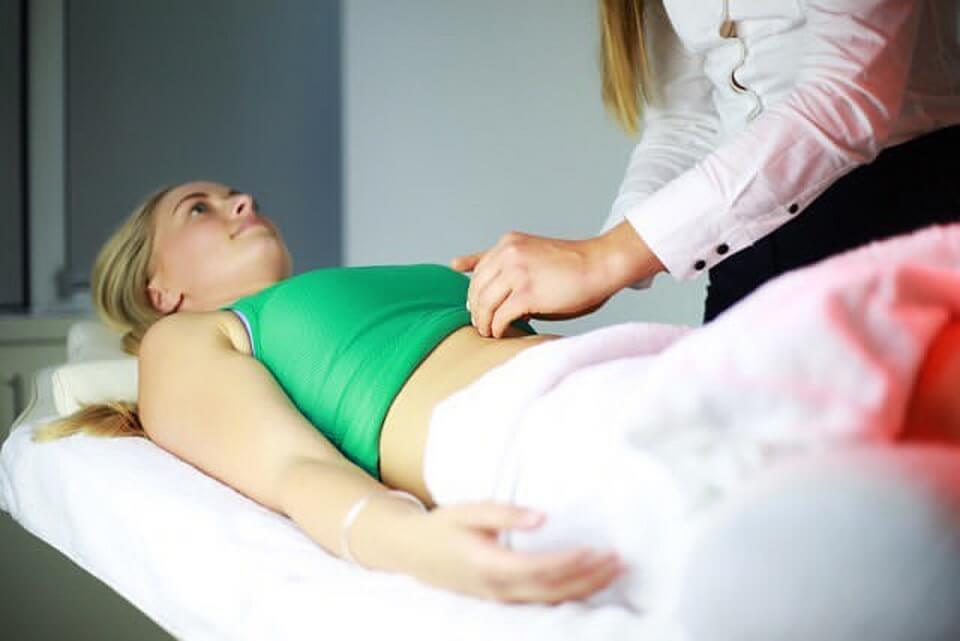Giving birth can be a challenging and intense experience, and managing pain during labor is a crucial aspect of achieving a positive childbirth experience. While there are many pain management options available during childbirth, some women may choose to have a natural birth and avoid the use of medication. In this article, we'll explore some natural labor pain-relieving techniques that can help promote relaxation and manage pain during childbirth.
1. Breathing Techniques
Breathing techniques are a simple and effective way to manage pain during childbirth. Focused breathing can help reduce tension in the body and promote relaxation. Different types of breathing techniques include:
- Slow Breathing: Taking slow, deep breaths in through the nose and out through the mouth.
- Patterned Breathing: Inhaling and exhaling in a specific pattern, such as inhaling for three counts and exhaling for six counts.
- Lamaze Breathing: A series of quick, shallow breaths followed by a long, slow exhale.
- Visualization Breathing: Imagining a relaxing scene while breathing deeply, such as a calm beach or
peaceful meadow.
2. Movement and Positioning
Changing positions and moving around during labor can help to ease pain and promote relaxation. Some of the most effective positions for labor include:
- Standing: Standing and swaying can help to relieve pressure on the lower back and promote relaxation.
- Walking: Walking can help to keep the body moving and alleviate pain.
- Rocking: Rocking back and forth on a birthing ball can help to relieve tension in the body and promote relaxation.
- Squatting: Squatting can help to open the pelvic area and encourage the baby to move down the birth canal.
3. Massage and Aromatherapy
Massage and aromatherapy are two complementary therapies that can be used to manage labor pain and promote relaxation and comfort during childbirth. Massage involves applying pressure, rubbing, and kneading to the muscles and soft tissues of the body. It can help to reduce muscle tension, increase blood flow, and stimulate the release of endorphins, which are the body's natural painkillers. During labor, massage can be particularly helpful in easing back pain, shoulder tension, and leg cramps.
Aromatherapy involves the use of essential oils, which are extracted from plants and herbs. Different essential oils have different properties and can be used to promote relaxation, reduce anxiety, and alleviate pain. For example, lavender oil is known for its calming and soothing effects, while peppermint oil can be used to relieve nausea and promote mental clarity. When used together, massage and aromatherapy can be a powerful combination for managing labor pain. Massage can be enhanced by using essential oils or a diffuser to create a relaxing and calming atmosphere. Different massage techniques, such as effleurage or acupressure, can be tailored to the individual needs and preferences of the laboring woman.
It's important to note that massage and aromatherapy should only be used under the guidance of a qualified healthcare professional or a certified massage therapist. Some essential oils can be harmful or irritating, and massage techniques that are too vigorous or deep can be harmful to the mother and the baby. With proper training and guidance, however, massage and aromatherapy can be safe and effective ways to manage labor pain and promote relaxation and comfort during childbirth.
4. Hydrotherapy
Hydrotherapy, which involves the use of water for therapeutic purposes, can be a helpful and effective form of pain management during labor. The use of water can promote relaxation and relieve pain by reducing pressure on the joints and muscles, increasing circulation, and producing a calming effect on the nervous system. There are different ways that hydrotherapy can be used during labor, such as a warm bath, shower, or pool. Many birthing centers and hospitals offer the option of water birth, in which the mother gives birth in a pool of warm water.
Hydrotherapy can be particularly useful for women who prefer a natural or drug-free birth, or who are seeking a more comfortable and relaxing labor experience. It can also be used in conjunction with other forms of pain relief, such as breathing exercises, massage, or medical pain relief. While hydrotherapy is generally safe and well-tolerated, it's important to discuss it with your healthcare provider before use. Some medical conditions, such as hypertension or infections, may make hydrotherapy unsafe, and precautions should be taken to prevent infections or complications.
5. TENS Machine

A TENS machine, which stands for Transcutaneous Electrical Nerve Stimulation, is a device that uses electrical impulses to stimulate the nerves in the body, which can help to reduce pain. TENS machines are sometimes used during labor as a form of pain relief. The use of TENS during labor is thought to work by stimulating the production of endorphins, which are the body's natural painkillers. TENS machines are easy to use and non-invasive, and many women find them helpful in managing their labor pain. One advantage of using a TENS machine during labor is that it is safe and drug-free. It can be used alongside other pain relief methods, such as breathing techniques, massage, and epidural anesthesia, and may reduce the need for medical pain relief. However, it's important to note that TENS machines may not be effective for everyone, and some women may find them uncomfortable or distracting during labor. Additionally, TENS machines should not be used on the abdomen during pregnancy, so it's important to follow the manufacturer's instructions and seek advice from a healthcare professional before using a TENS machine during labor.
6. Hypnobirthing
Hypnobirthing is a childbirth preparation method that involves using relaxation, visualization, and self-hypnosis techniques to manage pain and promote a positive and empowering childbirth experience. It is based on the idea that fear and tension can make labor more difficult and painful, and that by learning to relax and trust the natural birthing process, women can have a more comfortable and fulfilling birth. Hypnobirthing involves practicing relaxation and breathing techniques, visualization exercises, and positive affirmations throughout pregnancy to prepare for labor and childbirth. During labor, women can use these techniques to help them relax and stay focused, which can help to reduce pain and discomfort. While hypnobirthing may not eliminate all pain during labor, it can be a helpful tool for managing pain and promoting relaxation and confidence. It can also help to reduce anxiety and fear around childbirth, and encourage a positive and empowering birth experience.
7. Heat Packs
Using heat packs is a common and safe method of pain relief during labor. Applying heat to the lower back, abdomen, or other areas can help to reduce muscle tension, increase blood flow, and provide a soothing and comforting sensation, which may help to reduce labor pain. Heat packs can be used in different forms, such as warm towels, hot water bottles, or electric heating pads. They should be applied to the skin for short periods of time, usually no more than 20 minutes at a time, and should not be too hot to avoid burns or skin damage.
Heat packs can be used on their own or in combination with other pain management techniques, such as breathing exercises or massage. They are easy to use and can be a cost-effective and non-invasive way to manage labor pain. It's important to note that heat packs should not be used on the abdomen during pregnancy, and that excessive or prolonged heat exposure can be harmful to both the mother and the baby. It's always best to consult with your healthcare provider before using heat packs during labor to ensure that they are safe and appropriate for your individual situation.
8. Acupuncture

Acupuncture is a form of traditional Chinese medicine that involves inserting thin needles into specific points on the body. It has been used for centuries to treat a variety of health conditions, including pain relief during labor. Research on the use of acupuncture for labor pain relief has produced mixed results. Some studies have found that acupuncture can reduce the intensity of labor pain and the need for medical pain relief, while others have found no significant benefit. One large study, published in the Journal of the American Medical Association, found that acupuncture was not effective for reducing pain during labor. However, other smaller studies have reported positive results, including a reduction in the use of epidural anesthesia.
It's important to note that acupuncture should not be used as a substitute for medical pain relief during labor. Instead, it may be used in conjunction with other pain management techniques, such as breathing exercises and massage. If you are considering using acupuncture for labor pain relief, it's important to consult with a qualified acupuncturist who has experience in treating pregnant women. They can help you understand the potential benefits and risks of acupuncture and develop a treatment plan that is safe and effective for you and your baby.
In conclusion, managing pain during childbirth is an essential aspect of achieving a positive and empowering childbirth experience. While natural birth can be a challenging experience, there are many pain-relieving techniques available that can help promote relaxation and manage pain. It's important to note that every woman's labor experience is different, and what works for one woman may not work for another. It's essential to work with your healthcare provider to develop a birth plan that outlines your preferences for pain management during labor and to have a support person such as a partner or a doula to remind you to breathe and provide encouragement during labor.







